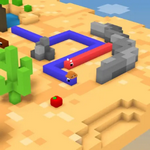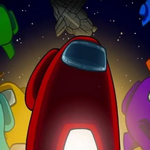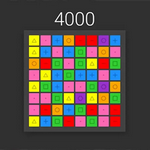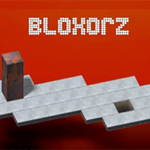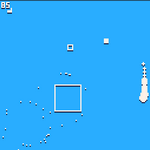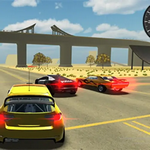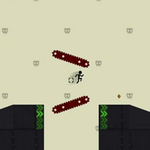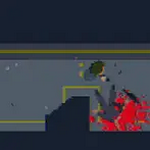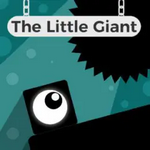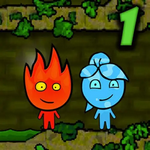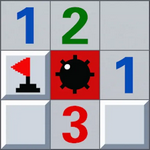
maptroid Unblocked
## Navigating the Unknown: A Look at the Metroidvania Genre and its "Maptrod" Legacy
The term "Metroidvania" is thrown around liberally in gaming circles, often describing any exploration-heavy game with interconnected maps and RPG elements. But its true meaning lies in its namesake: *Metroid* and *Castlevania*. While *Castlevania: Symphony of the Night* refined and popularized the formula, it was Nintendo's *Metroid* series, particularly *Super Metroid*, that laid the foundation – a foundation often referred to, affectionately and sometimes derisively, as "Maptrod".
"Maptrod," a term born from the community, highlights a specific aspect of the Metroidvania experience: the often-challenging navigation and map management. It's not necessarily a negative; instead, it captures the core feeling of exploration and discovery, tempered by the frustration of getting hopelessly lost in a labyrinthine world. Successfully navigating a Maptrod-heavy game often involves meticulous mapping, backtracking, and a keen eye for detail – rewarding players with a profound sense of accomplishment when they finally unlock that previously inaccessible area.
The appeal of "Maptrod" lies in the organic unveiling of the world. Unlike linear games, Metroidvanias often present a seemingly small starting area that expands exponentially as the player acquires new abilities. These abilities – like the Morph Ball, the Super Missiles, and the various power-ups in *Metroid* games – act as keys to unlock previously inaccessible parts of the map, rewarding exploration and incentivizing revisiting previously explored areas.
However, the line between clever design and frustrating obscurity is a fine one. Games heavily reliant on "Maptrod" can fall into the trap of being overly cryptic, leaving players feeling lost and overwhelmed rather than challenged and intrigued. A successful "Maptrod" experience strikes a balance: The map should be complex enough to feel rewarding to explore, but not so convoluted as to induce rage quits. Clues should be subtle but present, guiding players without explicitly holding their hands.
The "Maptrod" element is a crucial part of the Metroidvania's identity, shaping its design philosophy. It's a testament to the enduring appeal of exploration and discovery, and the satisfaction derived from piecing together a vast, interconnected world one carefully discovered area at a time. While modern Metroidvanias often attempt to mitigate some of the frustrations associated with the term, the core principles of "Maptrod" – exploration, backtracking, and the gradual unveiling of a complex world – remain fundamental to the genre's DNA.
Whether you view "Maptrod" as a badge of honor or a source of mild frustration, it undeniably plays a significant role in the appeal and challenge of the Metroidvania experience. The best games in the genre find the perfect balance, making the journey of exploration both challenging and immensely rewarding. The feeling of finally unlocking that last hidden area, piecing together the map in your mind, is a unique and satisfying feeling that "Maptrod" games offer in abundance.





